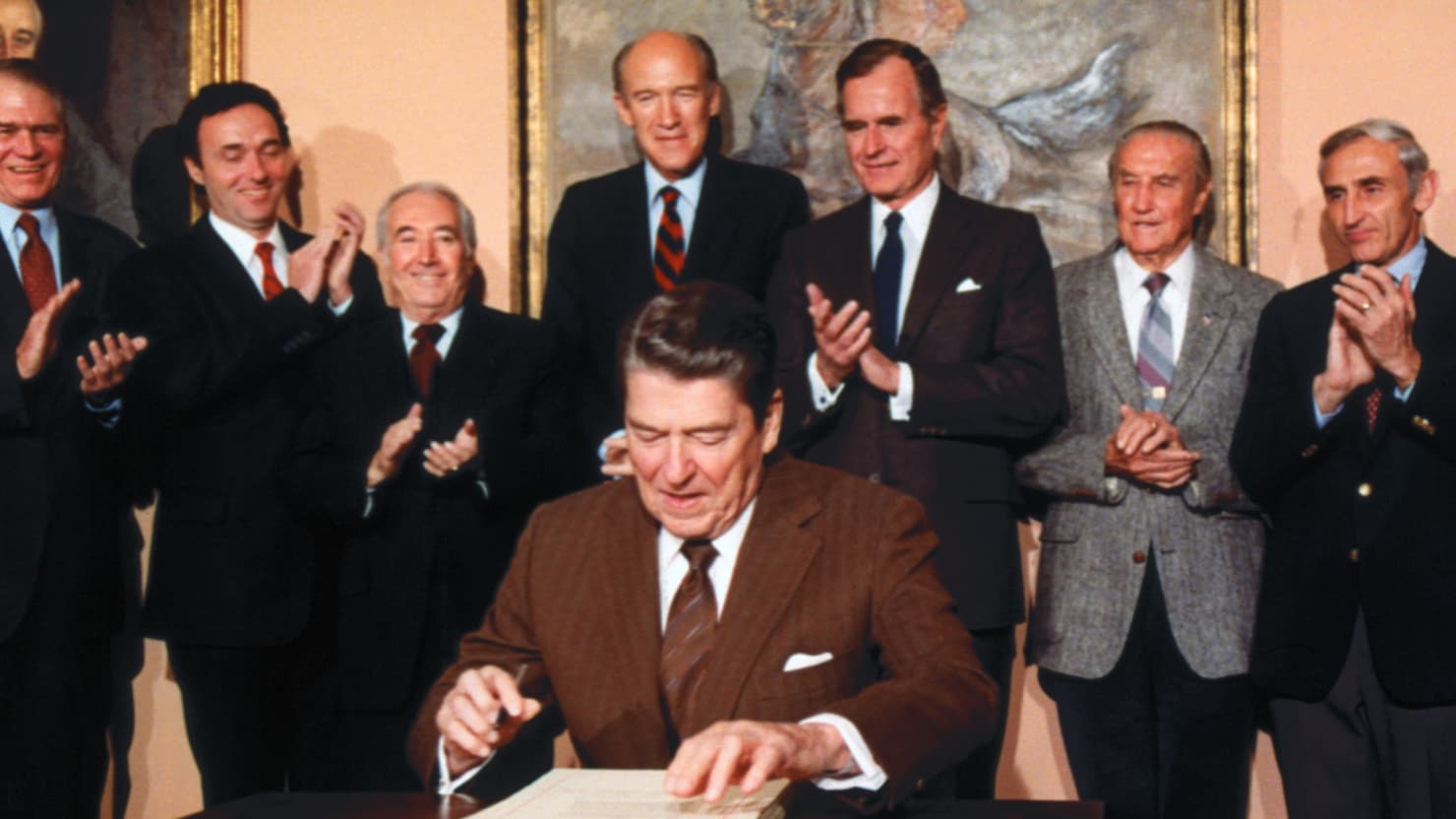
As Hispanic Heritage Month comes to a close, Latinx Americans across the country have taken the time to honor many important figures that have shaped American history. But one month just isn’t enough time to celebrate the many unsung and important individuals and moments that make up America but don’t get nearly enough credit.
In honor of Hispanic Heritage Month, below are some forgotten icons and moments that you probably didn’t learn about in your history class.

Mexican-American War
Mexico used to be huge. It expanded as far north as modern-day Oregon and included California, Nevada, Utah, Colorado, New Mexico, Arizona, and Texas. But the United States sort of needed that land in order to fulfill its “manifest destiny.” Something you probably have heard of.
In 1845 the US used a land dispute in Texas to send troops into the west. Eventually, Mexican forces fired on the US, serving as the justification President James Polk needed to wage a two-year war with Mexico.
The Mexican government, which had been established not even 40 years prior, lacked the military strength required to defeat the much larger American forces. In the end, Mexico was forced to sign away more than half of its territory, drastically decreasing the size of Mexico and expanding the US to “from sea to shining sea.”

Zoot Suit Riots of 1943
During the 1940’s, Los Angeles was deeply segregated. White-American communities, with many fighting in WWII, began to see Latino youth, often found wearing the stylish zoot suit, as delinquents and anti-American. Zoot suits took a lot of fabric to look good and a lot of fabric was “unAmerican.”
This growing resentment boiled over in the summer of 1943, a fight broke out between servicemen and some of the young “zoot suiters.” They began viciously attacking anyone who wore the infamous suit, including African-Americans and Filipino-Americans.
These attacks would be carried out throughout the Los Angeles area and would involve several thousand servicemen, police officers, and civilians. They lasted several days, and left hundreds beaten and humiliated, as many of them were forced to strip naked in the middle of the street.

LGBT Activism
Queer history being limited in schools as it is, you probably didn’t learn about the Stonewall Riots or the trans activist thought to have inspired them.
Sylvia Rivera was born in 1951 in the Bronx, her father was Puerto Rican and her mother Venezuelan. Abandoned at an orphanage at a young age, she was forced into sex work to survive at 11.
As a bold, self-identified drag queen, she was outspoken and a no b.s. kind of person. She looked out for her fellow poor, queer and trans friends. It is widely believed that it was her and a fellow transgender activist, Marsha P. Johnson, who threw the first stones during the historic Stonewall Riots in June of 1969.
After the riots, Sylvia Rivera began participating in social movements such as the Gay Liberation Movement and Young Lords, a Puerto Rican community organization. She would eventually form an organization, the Street Transvestite Active Revolutionary, or STAR for short. She would be pushed even more to the margins of society, as the LGBT movement became mainstream and the T in LGBT became forgotten. Sylvia’s story reminds us that when we fight for oppressed people, we must fight for all oppressed people and to remember those who have fought so hard for us now.

Chicano Activism
In the late 1960’s the Brown Berets were formed in East Los Angeles to resolve issues plaguing the Chicano community. A target for ongoing police threats and raids, the Brown Berets sought to uplift their community through social programs like the El Barrio Free Clinic founded in 1968. Members donned the brown beret and other militaristic clothing, an idea borrowed from another revolutionary group: The Black Panther Party.
Both organizations sought an end to police brutality, systemic racism, educational and income inequality, and much more. Still active today, but with a membership that has dramatically declined over the years, the Brown Berets has various chapters across the U.S advocating for and supporting communities of color, especially the undocumented community all over the US.

Immigration Reform
As it turns out, it was not a Democratic president who would give amnesty to 2.7 million undocumented immigrants. It was Republican President Ronald Reagan. Even more surprising, it was a truly bipartisan effort.
The Immigration Reform and Control Act of 1986 or the IRCA, was introduced by Republican Senator Alan Simpson and Democratic Senator Romano Mazzoli and passed the Democrat-controlled House and the Republican-controlled Senate.
However, not everything in this bill was great for immigrants. Although the bill legalized millions of undocumented immigrants, not just Latin American but also Asian, Middle-Eastern, and African, it also leads to more restrictive employee background checks and the militarization of border enforcement.